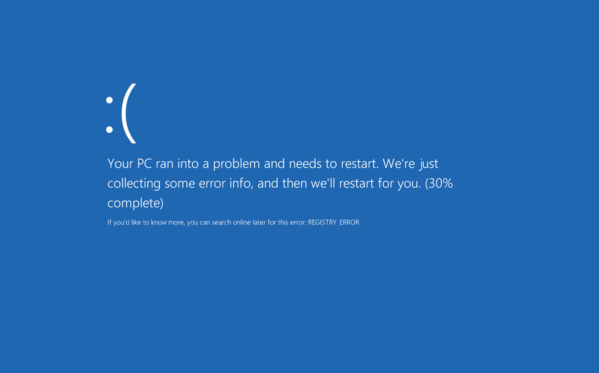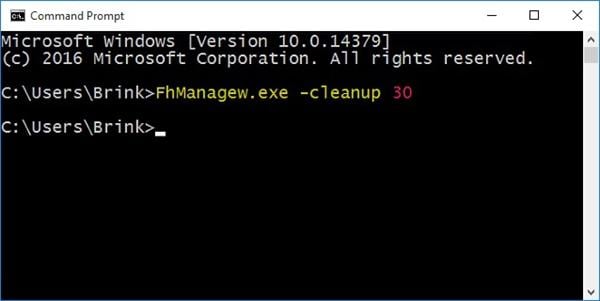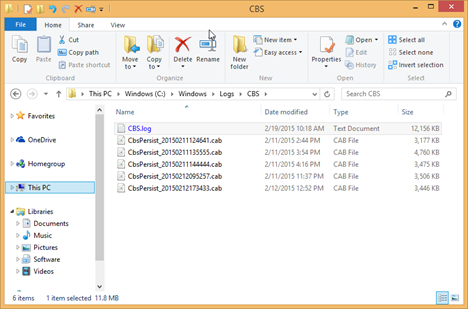

- Windows use command prompt to check for corrupted files how to#
- Windows use command prompt to check for corrupted files update#
- Windows use command prompt to check for corrupted files Pc#
- Windows use command prompt to check for corrupted files Offline#
To start the process, you will need to be in the Administrator Command Prompt window. But how do I run the System File Checker!? So if they can’t be fixed by the File Checker it is likely that the DISM can fix the underlying system, allowing the checker to then run correctly. However, problems associated with the System File Checker are also associated with DISM. The DISM option is second as these problems are less common. If that doesn’t work the second option should always be the DISM command. However, if it does not fix the problem it will then eliminate the possibility of your system files being corrupted and will allow you to use other methods. Use the System File Checker command first as it will solve the most common problems.
Windows use command prompt to check for corrupted files how to#
To see how to fix this issue, either watch the video or read the instructions below: What option should I use first?

DISM stands for Deployment Image and Servicing management. If, however, the System File Checker fails to replace your file there is a second option.

Windows will then go on to replace any files that have been modified or corrupted with the correct and original version of this file. This checker scans your system files, alerting you where there is corruption or any other changes.
Windows use command prompt to check for corrupted files update#
Windows, aware of this problem, have built a System File Checker in their latest update of Windows 10. For even more options, click Clean up system files.Ever been power typing on your keyboard with 100 tabs up on google, trying to get a really important piece of work finished and this horrific blue screen pops up? The immediate reaction for many is ‘why on earth did I not save that file’ or ‘please please please can this not be due to a corrupt file.’ If it is the latter, we know how you feel and are here to tell you how to fix it. Click the Disk Cleanup button and you’ll see a list of items that can be removed, including temporary files and more. Right-click your main hard drive (usually the C: drive) and select Properties.
Windows use command prompt to check for corrupted files Pc#
How do I remove bad files from my computer?Ĭlick Start > File Explorer > This PC (Windows 10). Right click again on the corrupted file and select “Delete” from the menu. Uncheck the option labeled “Read-only,” if checked, and then click the “OK” button to save the settings. Right click on the corrupted file and select the “Properties” option to launch the file’s “Properties” interface. How do I Delete corrupted and unreadable files? You can now check the status of the problem, if it is fixed now, you’re good to go.
Windows use command prompt to check for corrupted files Offline#
In the Offline Files window shown below, switch to Disk Usage tab and hit Delete temporary files button. Open Control Panel and navigate to All Control Panel Items > Sync Center > Manage Offline Files. How do I delete an unexpected error file?ġ. Sometimes, even though your files get corrupted, unreadable or damaged, you can delete them by clicking the “Delete” button, holding the “Shift+Delete” buttons, or even dragging them to the recycle bin.


 0 kommentar(er)
0 kommentar(er)
